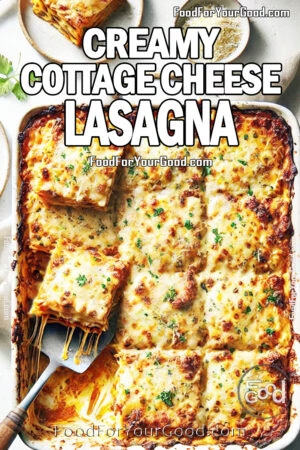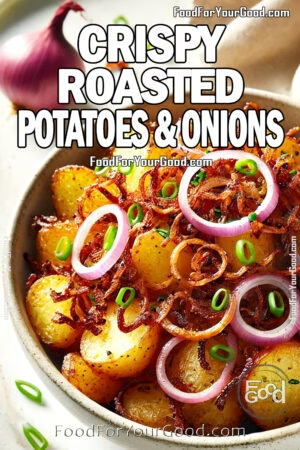The Art of Pairing: Mastering flavor combinations in cooking is about more than just following recipes—it’s about creating harmony on a plate. At the heart of this artistry lies flavor pairing—the delicate balance of matching ingredients to produce extraordinary tastes. From the comforting duo of peanut butter and chocolate to the sophisticated blend of basil and tomatoes, understanding how flavors interact is what transforms good cooking into unforgettable meals.
Whether you’re a beginner in the kitchen or a seasoned chef, mastering flavor combinations in cooking opens up endless possibilities. Imagine crafting a dish without a recipe, guided solely by your intuition and understanding of what works together. This guide will help you unlock those skills, providing charts, examples, and creative inspiration to elevate your cooking game.
What is Flavor Pairing?
Flavor pairing is the science and art of combining ingredients that complement or enhance one another. It relies on sensory balance, combining tastes like sweet, sour, salty, bitter, and umami to achieve complexity and satisfaction in every bite.
Why is it Important?
- Enhances Taste: Great flavor combinations create layers of taste.
- Elevates Creativity: Understanding pairings empowers you to experiment confidently.
- Boosts Health: Pairing nutrient-dense ingredients can make healthy eating enjoyable.
The Five Tastes: Building Blocks of Flavor Pairing
To create perfect pairings, it’s essential to understand the five primary tastes:
- Sweet – Found in honey, fruits, and sugar. Balances bitter or sour notes.
- Sour – Found in vinegar, citrus, and fermented foods. Adds brightness.
- Salty – Found in salt, soy sauce, and cheeses. Enhances sweetness and reduces bitterness.
- Bitter – Found in coffee, kale, and dark chocolate. Adds complexity.
- Umami – Found in mushrooms, Parmesan, and soy sauce. Adds savory depth.
Classic Flavor Pairing Examples
Here are some timeless pairings you’ve likely encountered:
- Tomatoes + Basil
- Apples + Cinnamon
- Chocolate + Raspberry
- Lemon + Garlic
- Beef + Rosemary
- Blue Cheese + Pear
- Honey + Mustard
- Coconut + Lime
- Strawberry + Balsamic Vinegar
- Bacon + Maple Syrup
Creative Flavor Pairing Ideas
Take your cooking to the next level by experimenting with these unique combinations:
- Mango + Chili Powder
- Watermelon + Feta
- Dark Chocolate + Sea Salt
- Pineapple + Cilantro
- Avocado + Grapefruit
- Vanilla + Cardamom
- Sweet Corn + Truffle Oil
- Cucumber + Dill + Yogurt
- Salmon + Miso
- Goat Cheese + Beets
Flavor Pairing Charts
Sweet Pairings
| Sweet Ingredient | Complementary Pairings |
|---|---|
| Chocolate | Raspberry, coffee, sea salt |
| Honey | Lemon, walnuts, lavender |
| Apple | Cinnamon, nutmeg, cheddar |
Savory Pairings
| Savory Ingredient | Complementary Pairings |
|---|---|
| Chicken | Thyme, lemon, garlic |
| Mushrooms | Thyme, cream, Parmesan |
| Beef | Rosemary, red wine, garlic |
Unusual Pairings to Try
| Ingredient 1 | Unexpected Match |
|---|---|
| Dark Chocolate | Olive oil, chili flakes |
| Strawberries | Black pepper, balsamic |
| Popcorn | Parmesan, truffle oil |
How to Build Your Own Flavor Pairings
- Start with a Base Flavor: Choose the primary ingredient (e.g., chicken, tomatoes).
- Add Complementary Notes: Match ingredients based on contrasts or harmony (e.g., sour lemon with creamy yogurt).
- Experiment with Textures: Combine crispy, creamy, and crunchy elements for a multi-sensory experience.
- Use Aromatics Wisely: Herbs and spices like garlic, thyme, or cumin can transform a dish.
Explore These Inspiring Recipes Showcasing the Art of Flavor Pairing from Food For Your Good:
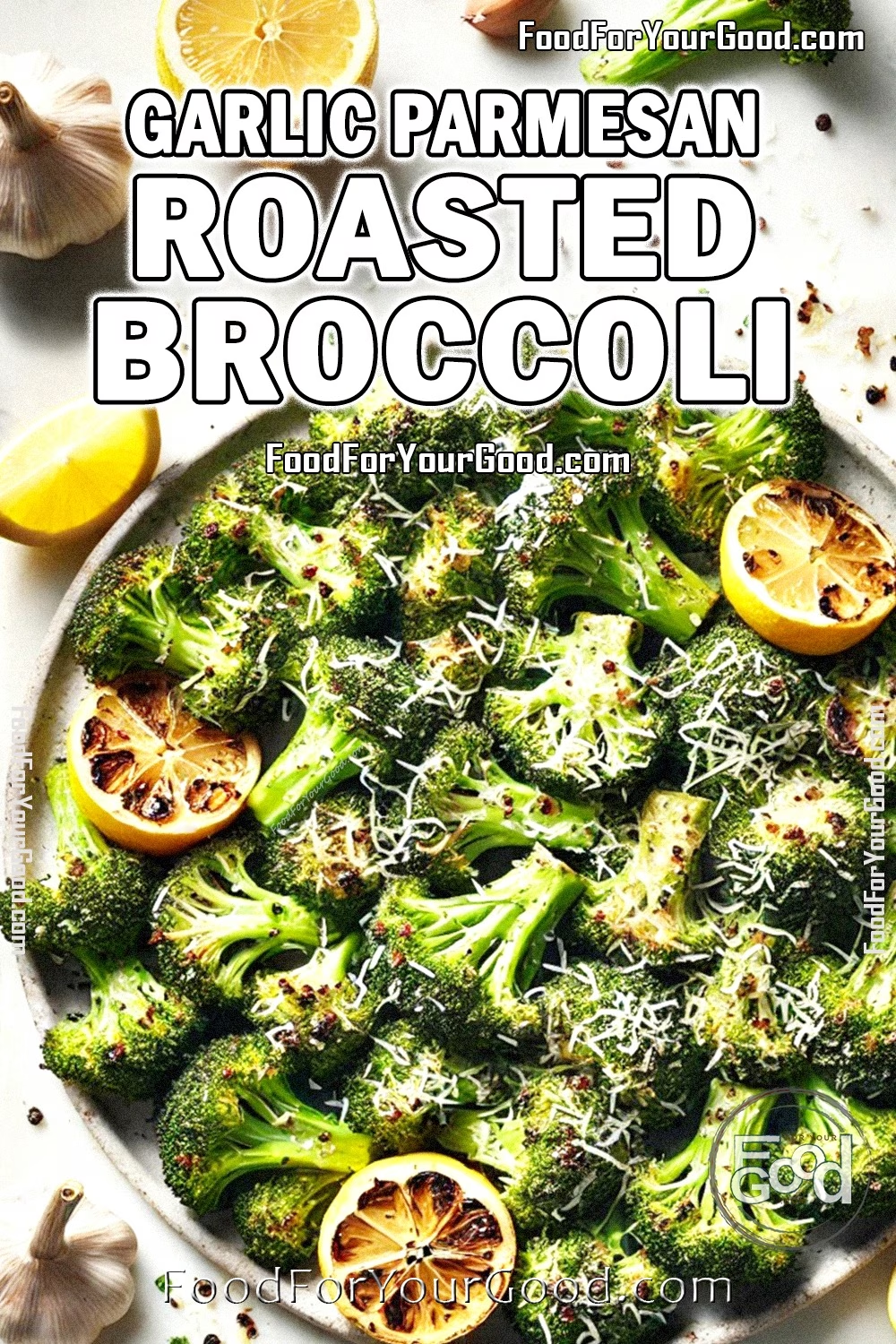
Garlic Parmesan Roasted Broccoli
This recipe beautifully demonstrates the balance of savory and umami flavors. The Parmesan adds a rich, cheesy depth, while garlic enhances the overall savoriness. Roasting the broccoli brings out its natural sweetness, creating a dish that’s simple yet incredibly flavorful. It’s a perfect example of how a few key ingredients can elevate a humble vegetable into a standout side dish.
📌 Try This Recipe: Garlic Parmesan Roasted Broccoli
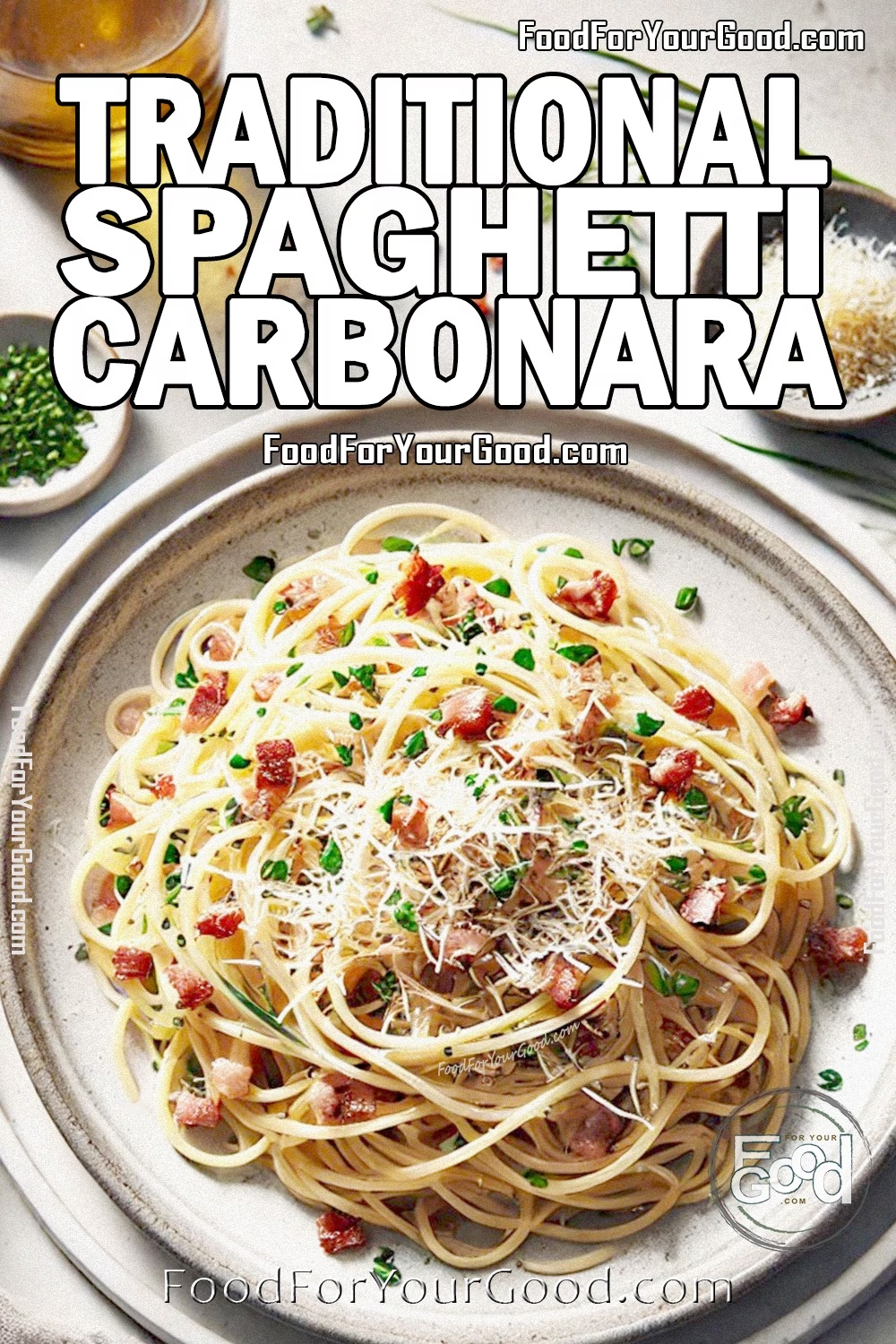
Traditional Spaghetti Carbonara
This classic Italian dish highlights the timeless flavor pairing of creamy eggs, salty Parmesan cheese, and crispy bacon. The silky sauce clings to the pasta, while the bacon adds both texture and a smoky undertone. Finished with a sprinkle of Parmesan and fresh chives, this dish achieves a perfect balance of rich and savory flavors, showcasing how traditional ingredients can come together to create culinary magic.
📌 Try This Recipe: Traditional Spaghetti Carbonara
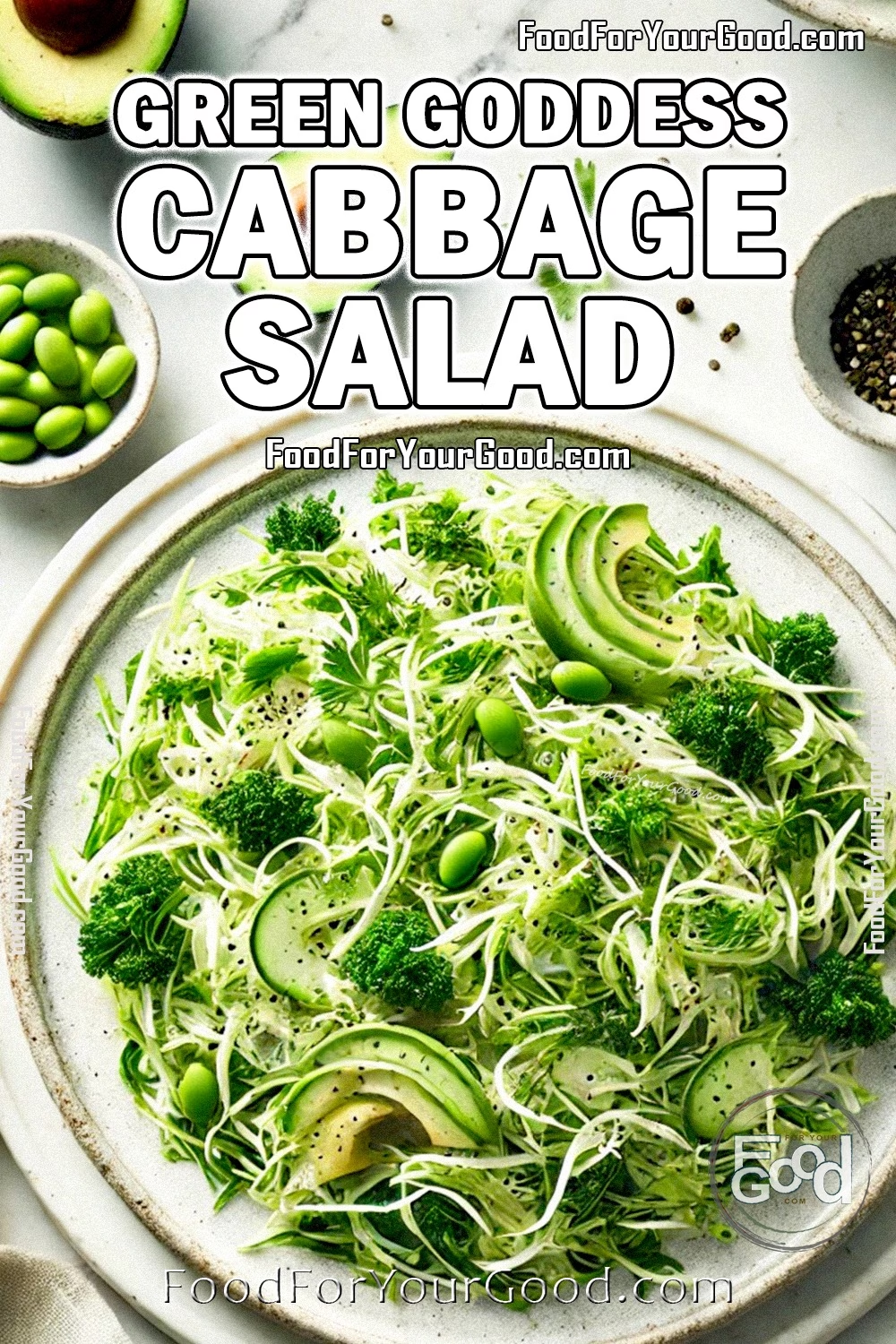
Green Goddess Cabbage Salad
Fresh, vibrant, and packed with flavor, this salad combines creamy avocado with zesty herbs like parsley and cilantro for a refreshing taste. The crisp texture of cabbage pairs beautifully with the creamy dressing, while green onion and edamame add layers of complexity. This dish exemplifies how pairing complementary flavors and textures can result in a light yet satisfying salad, perfect for any occasion.
📌 Try This Recipe: Green Goddess Cabbage Salad
These recipes offer diverse examples of flavor pairing, from savory and umami-driven dishes to fresh and herbaceous creations. Whether you’re looking for a side dish, a hearty main course, or a refreshing salad, these ideas will inspire you to explore mastering flavor combinations in cooking in your own kitchen.
Final Thoughts
Mastering flavor pairing isn’t just for professionals; it’s a skill anyone can learn. By understanding the basics and embracing creativity, you can transform ordinary meals into extraordinary culinary experiences. Let this guide serve as your starting point to experiment, taste, and savor the art of pairing.
Cooking is not just about following recipes; it’s about personal expression. Flavor pairing equips you to create dishes that reflect your unique taste preferences. Whether you’re preparing a simple dinner or a meal for guests, balancing and contrasting flavors will build your confidence in the kitchen.
As you explore combinations, don’t hesitate to step outside your comfort zone. Some of the best pairings come from unexpected matches, such as chili with dark chocolate or balsamic vinegar with strawberries. These contrasts can surprise the palate and leave a lasting impression.
It’s also essential to consider the sensory experience of your dishes. Think beyond flavor to include textures, aromas, and colors. A well-paired meal appeals to all the senses, creating a truly memorable dining experience.
Practice with the recipes shared here and try pairings from different cuisines, such as Mediterranean olive oil and lemon or Southern honey and cornbread. Over time, you’ll develop an intuitive sense of what works, making your cooking more creative and rewarding.
Cooking is a lifelong adventure, and flavor pairing opens up endless possibilities. So, gather your ingredients and let the magic of pairing transform your meals into works of art.




